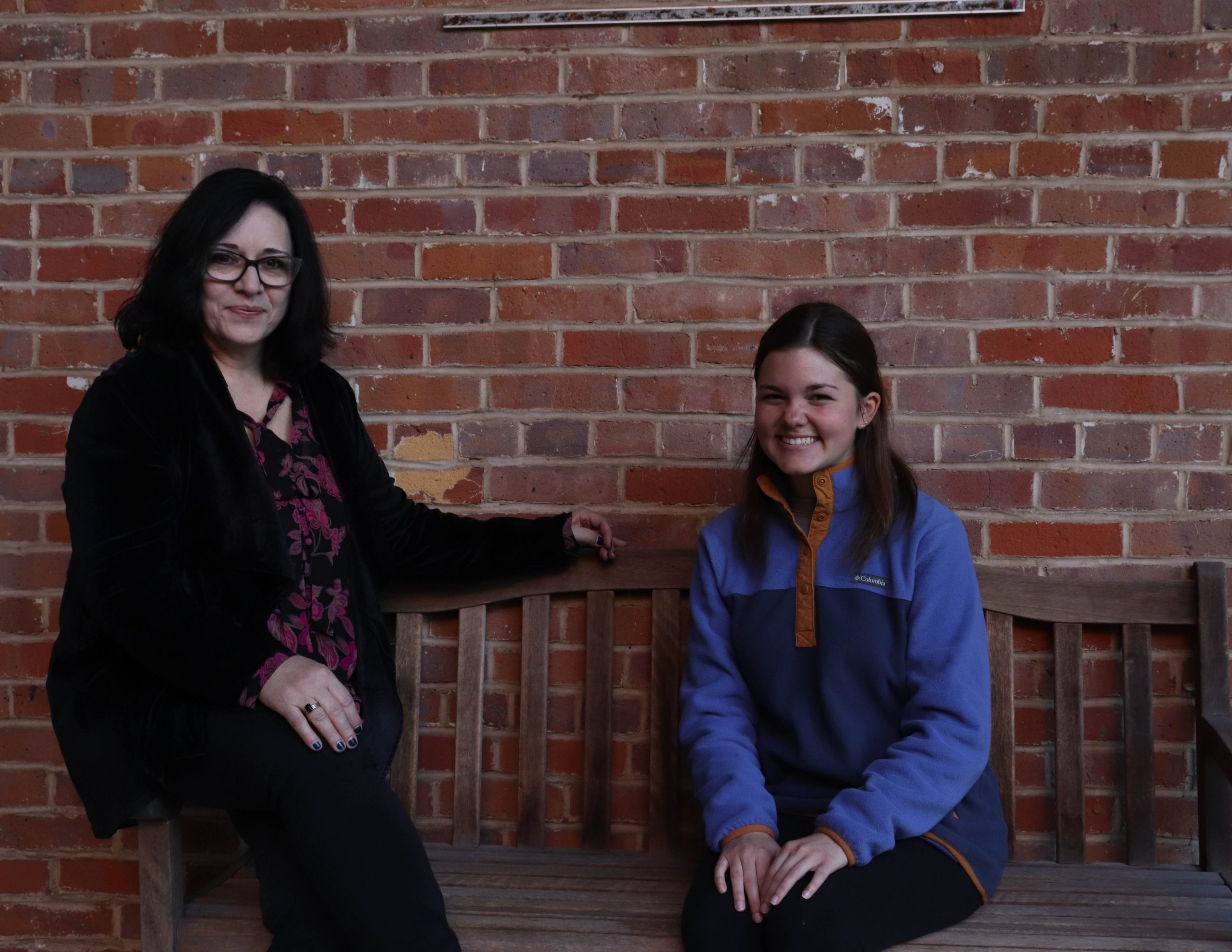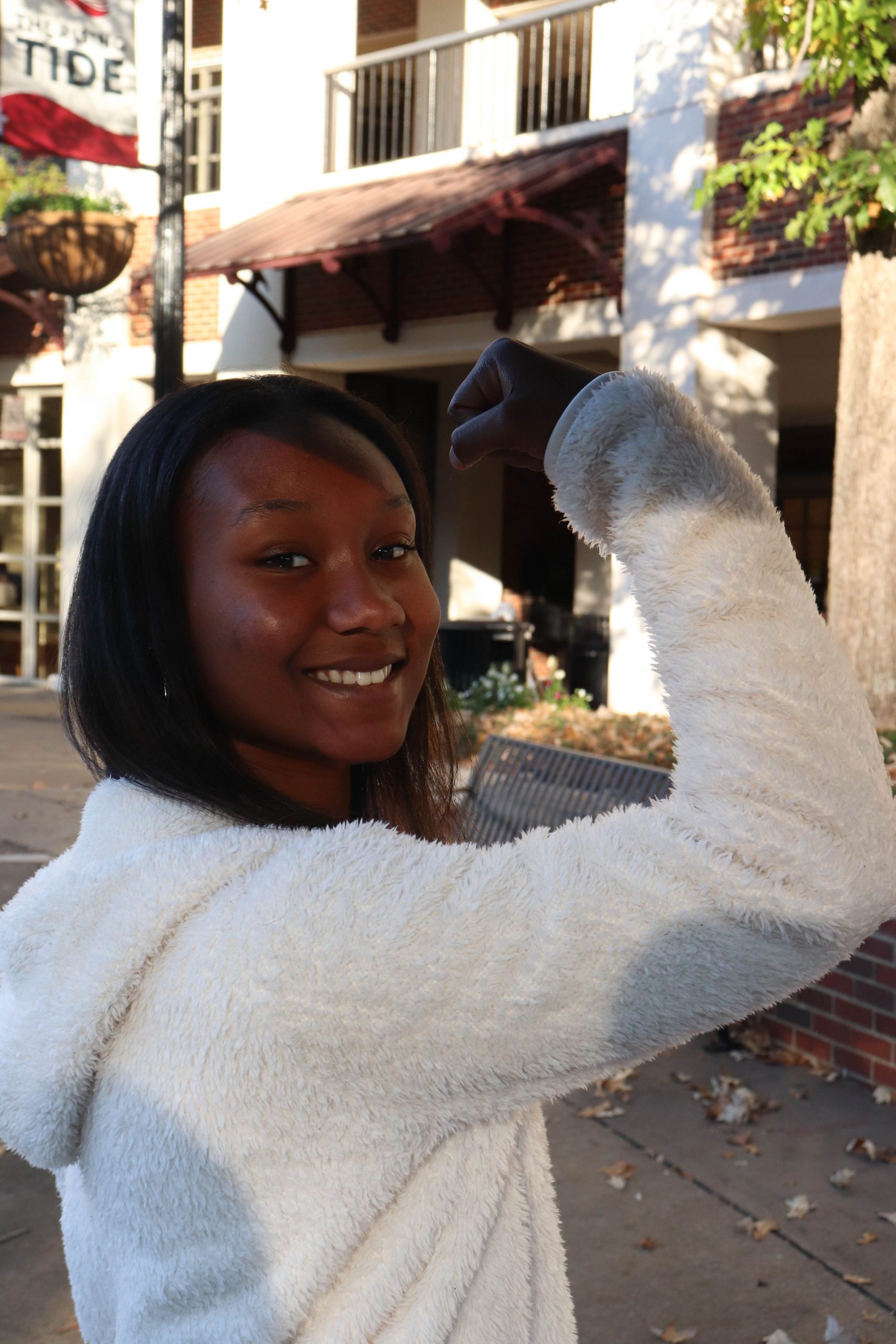Rosie the Riveter’s “We Can Do It!” slogan, a decades-old affirmation closely associated with feminists of its time, has recently devolved into “Some of Us Can” as the rise of social media has molded feminism into a greater variety of connotations than ever before. In 2017, “feminism” was the most frequently searched word in Merriam Webster’s dictionary, attesting to the widespread questioning of what is often perceived to be a universally understood concept.
While its message remains prevalent as ever, an age governed by media has fragmented feminism’s roots in unification by spreading a variety of definitions, preventing its ultimate objective of solidarity throughout humankind – not only a segment of it.
According to Merriam Webster’s dictionary, feminism is “belief in and advocacy of the political, economic, and social equality of the sexes expressed especially through organized activity on behalf of women’s rights and interests.” Put in simpler terms by Oxford Languages, it is defined as “the advocacy of women’s rights on the basis of the equality of the sexes.” While these two descriptions are consistent, the word takes on many different forms throughout society. This is not a new theme as a 1975 issue of the New York Times stated that, “There are probably as many definitions as there are women.” However, many of these definitions remain consistent with those in dictionaries, including that of Gloria Steinem, a pioneer for women in journalism whose clear-cut interpretation reveals the term’s undemanding, ethical foundation. The first answer in the “FAQ” section of her website, she simply tells readers, “Feminism is fundamentally about self respect and respect for others. It’s not saying women are more important, just not less important.”
However, despite these descriptions’ shared basis in the equality of the sexes, many believe that feminism has adopted the tactic of antagonizing one of them.
According to a study by Ipsos UK and the Global Institute for Women’s Leadership at King’s College London in March, 52% of Generation Z and 53% of Millennials globally believe that “things have gone so far in promoting women’s equality that men are being discriminated against.”
With the recent, record-breaking release of Greta Gerwig’s Barbie, the conversation of feminism’s perceived anti-male agenda was brought to light by Gerwig’s portrayal of Ken and a world governed by patriarchy. Through the heavily prejudiced lens of movie critic Matthew Pejkovic, Barbie is “an existential comedy smothered by a pink thick fog of feminist-driven male bashing,” and “a high-heeled Trojan horse from which it espouses all matter of feminist nonsense that is eye-rolling at best and sexist at worst.”

Dr. Jennifer Purvis and Kenzie Williams
A prime example of twisting its connotation, Pejkovic paints feminism as a movement against the male sex; a fallacious accusation, since, rather than claiming the superiority of women, feminism seeks to eliminate the societal dominance of any sex.
“It’s not really anti-male; it’s anti-patriarchy,” UA senior Corbin Heustess said. “I feel like guys can be supportive of girls – that’s not really the issue – it’s the whole belief that men can take over the world and leave women in the dust.”
With its anti-patriarchal principles in mind, Dr. Jennifer Purvis, the Director of Women’s Studies at UA, views Barbie as a great introduction to feminism – one that reflects its roots in equality.
Once Barbie’s abnormally flat feet walk she and Ken from Barbieland to the “real world,” which is juxtaposed as a male utopia, Ken steps down from his job of “beach” to reinvent his own world. Through his extreme implementation of his observations from the real world, in the words of Purvis, toxic masculinity takes hold of Barbieland.
“We realize you can’t just reverse the power dynamic – flip patriarchy on its head to have a matriarchy and get equality – problems of patriarchy would just be repeated,” Purvis said. “It shouldn’t be one sex or gender over another.”
When asked her own definition of feminism, Purvis initially responded with a goal – one that was prompted by a society that, in her eyes, has not gone far enough in its pursuit of equality.
“If the system is based on inequality and based on leaving some people out or thinking of them as ‘less-than,’ you can’t just add women and stir and get equality. Equality within the system is still important, but at the same time, we need to challenge the very foundations of the system also. Sometimes people think of it as an either-or choice, but I think you can do both,” Purvis said. “Both want your vote (or your rights and representation), equality (or parity) within a system, but then also challenge the foundational structures of things like gender, and it’s not one or the other – you can have inclusion, but then also radical transformation.”
Purvis, who joined the faculty of the Department of Women’s Studies (now the Department of Gender and Race Studies) in 2002, has “seen the term ebb and flow” throughout her own life as it was molded to fit false narratives.
“Whenever there’s an advance or a perceived advance, then there is often backlash,” Purvis said. “Some people want to keep dominant power in place, the status quo, and so they’ll try to disparage feminists and attach stigma to it so that we don’t have change for the better; we don’t move towards justice and equality.”
While her definition of feminism remains consistent with dictionaries through its inclusion of equality, she pairs it with another word which epitomizes its objective.
“In a basic sense, it’s justice. It’s gender justice. But it’s not as simple as just adding women and stirring and getting equality, because women have been written out of it. And there are different expectations from women versus from men, so we need a gender revolution, really, in addition to keeping going with as much fairness and equality within the system as possible,” Purvis said. “You don’t just give up those basic rights just because you’re questioning the system. That’s where I differ from other people, maybe, because I think there are these two parts: There can be efforts toward equality and a robust challenge to the status quo; not just reform within a system but a dismantling of the systems that generated these injustices in the first place.”
The ALRI has five areas of focus: rural health and health disparities, neuroscience, biological sciences, environmental science and environmental health, and implementation science. All five areas have ongoing projects and are continuing to grow. The construction behind the University Medical Center is going to include a magnetic resonance imaging facility managed by the ALRI to further investigate numerous projects from a neurological and physiological standpoint.
These similar philosophies are applied at the other research institutes on campus. The Alabama Water Institute has partnered with the Global Water Security Center (GWSC), United States Geological Survey (USGS), and National Oceanic and Atmospheric Administration (NOAA) on several projects. According to AWI Executive Director, Scott Rayder, 10% of all freshwater in the United States emanates or passes through the state of Alabama, making it an incredibly water-rich state.
On April 6, UA received its largest external award in history of up to $360 million over the next five years. This will be administered by the AWI in an effort to establish the Cooperative Institute for Research to Operations in Hydrology (CIROH). This is just one more step towards UA becoming the standard in translating water research into operational products and services.
“There are things that we haven’t even thought of related to water that are going to happen. I want the citizen science application that’s going to enable us to use water more sustainably. If everyone owns a resource, nobody owns it and that’s a huge problem. We’ve got to get people to take ownership,” Rayder said.
While our generation’s tendency to question has created division on the concept of feminism, this inclination can also become a vital catalyst in its movement. Although feminism has taken on many faces today, we, like Purvis, can define feminism as a common goal. Wielding the modern era’s unique power of access to widespread conversation at our fingertips, generations old and new can challenge societal structures to fully achieve its mission – equality.
“Though there are many kinds of feminists and many different issues across generations, in different regions of the U.S., and across the world, the lack of gender justice is a global set of issues with many different solutions. It demands a collaborative and intergenerational response,” Purvis said. “Everyone working together, and not just women. Anyone can be a feminist: women, men, non-binary people, queer-identified people, and others.”








